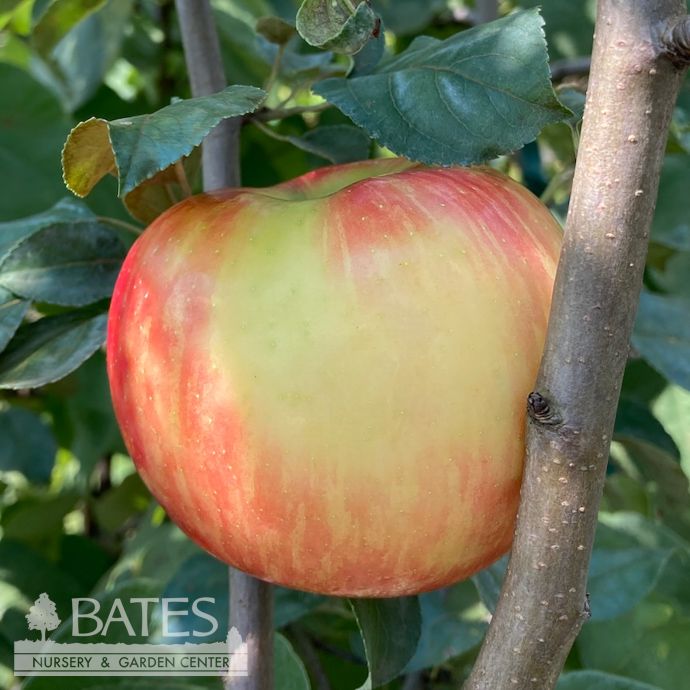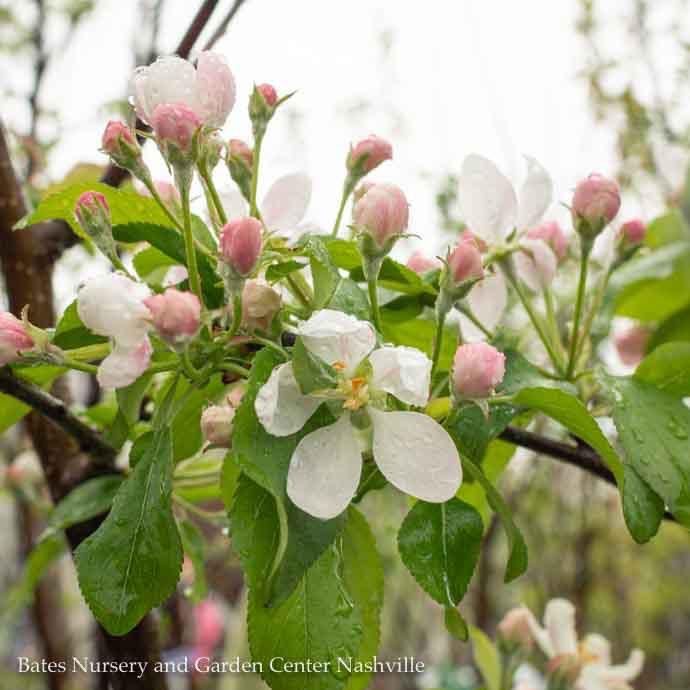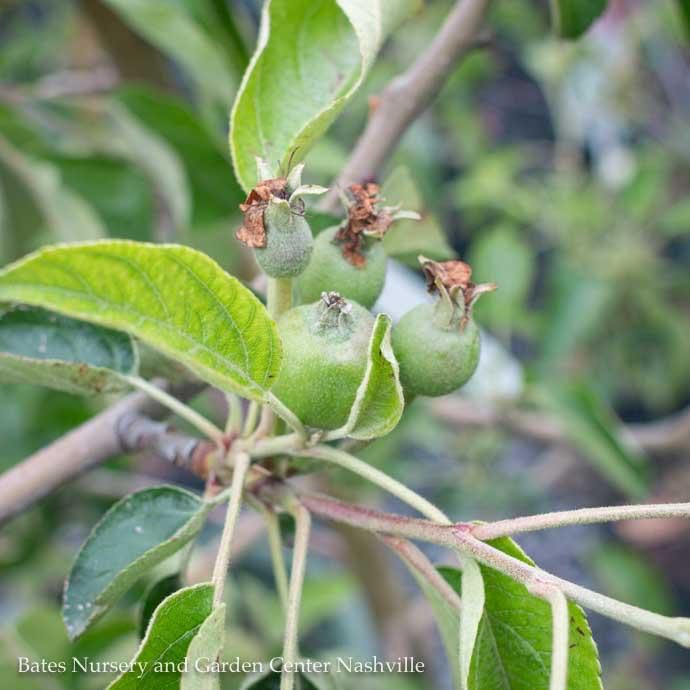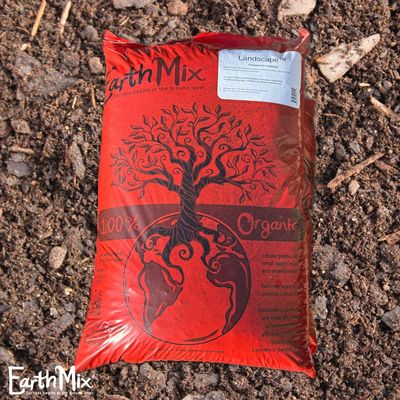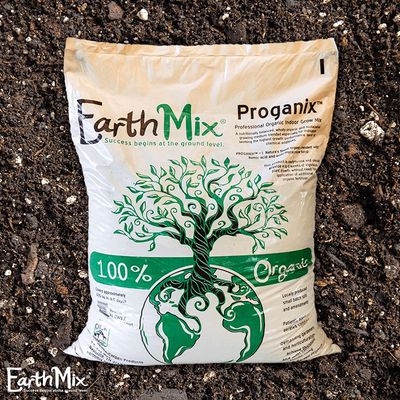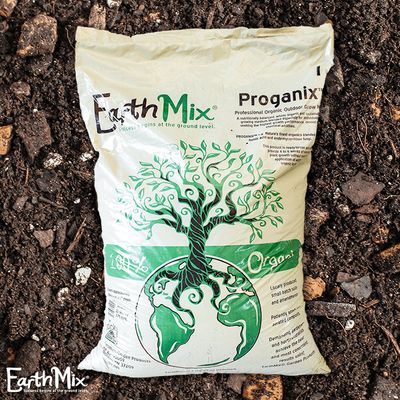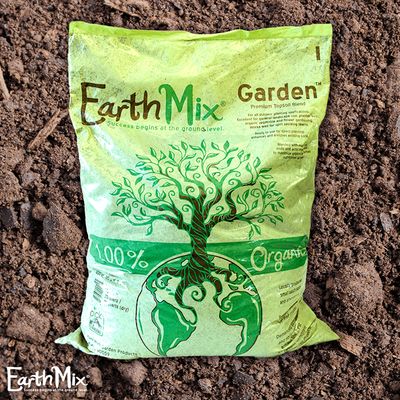Edible #5 Malus Honeycrisp/ Semi-dwarf MidSeason Apple
Edible #5 Malus Honeycrisp/ Semi-dwarf MidSeason Apple
SCIENTIFIC NAME: Malus domestica 'Honeycrisp'
COMMON NAME: Honeycrisp Apple
GARDEN SIZE: Depends on root stock - Dwarf 8-10 ft. tall and wide, Semi-Dwarf 12-15 ft. tall and wide, Standard/Full 15-20’ tall and wide, Espalier varies with culture
USDA ZONE: 3-10
EXPOSURE: Full Sun
WATER & SOIL: Loamy & well drained soil
FOLIAGE: Deciduous; Green
BLOOM TIME: Late-midseason - Flowering Group 4
HARVEST TIME: Midseason - ripens September
FRUIT: A medium to large apple covered in a red-orange flush against a yellow-green background, sometimes with a hint of pink. The flesh is crisp but not too dense, with a straightforwardly sweet, balanced flavor. Its juicy, pleasant texture and balanced taste make it a favorite supermarket variety, even despite its tendency to bruise easily.
USES: Eating fresh, cooking, sauces and butters
POLLENIZATION: Not self-fertile - needs a compatible pollenization partner nearby to produce fruit.
POLLENIZATION (Trees that pollenize this one): Colonnade Golden Sentinel, CrimsonCrisp, Fuji, Gala, Ginger Gold, Golden/Yellow Delicious, Granny Smith, Hardy Cumberland, Jonathan, Pink Lady, Red Delicious, Royal Red Honeycrisp, Sweet Sixteen, Urban Apple 'Blushing Delight', Urban Apple 'Golden Treat', Urban Apple 'Tangy Green', Wolf River
POLLENIZATION (Trees that are pollenized by this one): Arkansas Black, Colonnade Golden Sentinel, CrimsonCrisp, Fuji, Gala, Ginger Gold, Golden/Yellow Delicious, Granny Smith, Hardy Cumberland, Jonagold, Jonathan, Pink Lady, Red Delicious, Red Rome, Royal Red Honeycrisp, Stayman Winesap, Sweet Sixteen, Urban Apple 'Blushing Delight', Urban Apple 'Golden Treat', Urban Apple 'Tangy Green', Winesap, Wolf River
CARE: Prune while the tree is dormant. Remove water sprouts in June or July. To encourage better flavor in fruit, thin excess fruitlets from clusters. Options for controlling pests, bacterial infections, and fungal disease include dormant oils applied early in the season before blooming, scented insect traps, and copper-based fungicides. DO NOT apply insecticides during blooming. This risks harming bees, which are crucial for pollination and fruit production. If necessary, fireblight can be treated with a streptomycin antibiotic spray during blooming. Apple trees need about an inch of water every 7-10 days, though young trees need a little more during their first growing season as they establish roots. If not enough rain has fallen, give the tree extra water by running a hose at a trickle around the base of the tree until the ground is fully soaked (but not for so long that there is standing water). Waterlogged roots can harm apple trees, so don't overdo it!
DISEASE RESISTANCE: Can be challenging to grow due to susceptibility to disease. Resistant to scab and fireblight, somewhat susceptible to rust and powdery mildew, susceptible to bitter rot and bitter pit.
TOXICITY: Stems, leaves, and seeds contain cyanide and are therefore toxic to dogs, cats, horses, and humans. The fruit is non-toxic.
